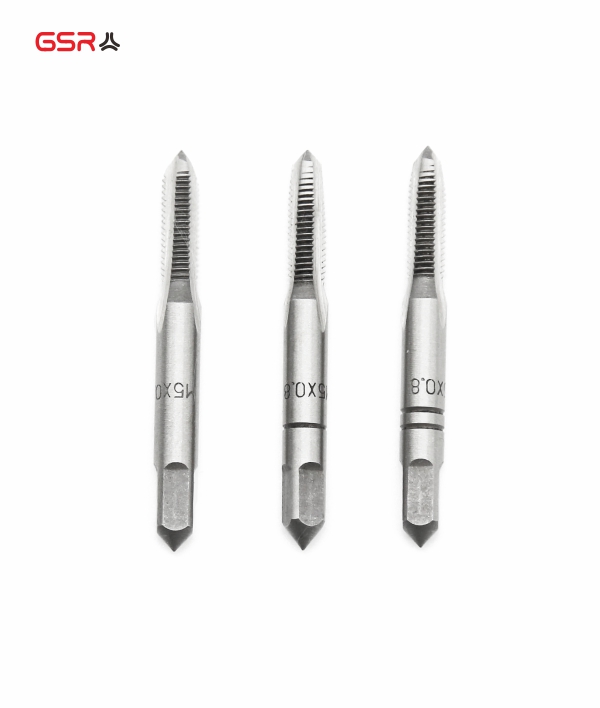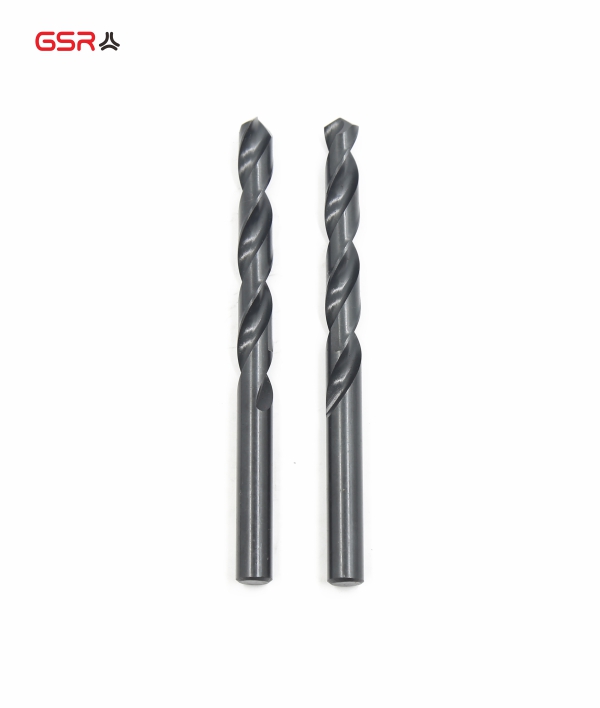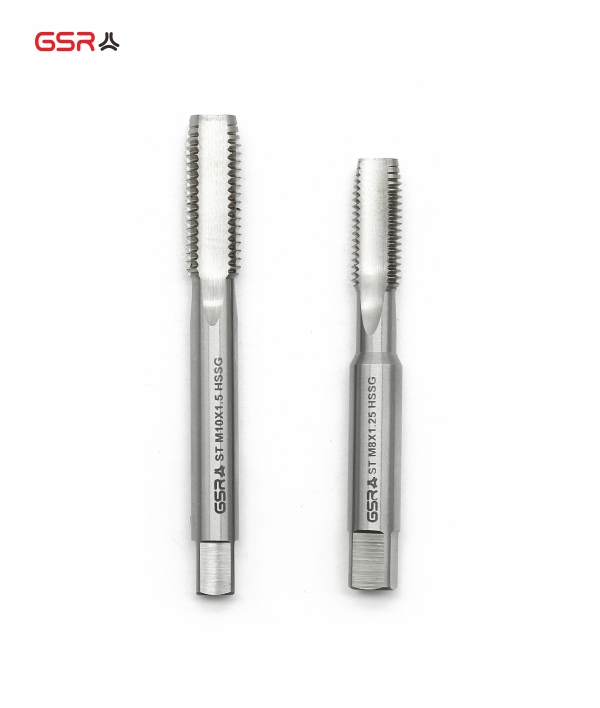Common Thread Machining and Cutting Methods
This blog will introduce some common thread machining methods.
General threads
General internal threads: tap tapping is available. Select a standard tap according to the machining requirements of the part.
General external threads: can be machined with different sizes of plate teeth.
Machining threads by lathe
Turning threads is the most widely used method.
Advantages: high versatility of equipment and the ability to obtain threads with high accuracy.
Disadvantages: low productivity and high skill level required of workers.
Non-standard threads, large-pitch threads and locking threads can be machined on a lathe.
The accuracy of the machine tool, the accuracy of the tool profile and mounting, and the skill level of the workers all affect the thread accuracy.
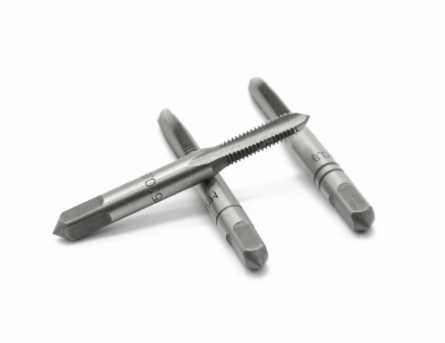
Milling threads
The milling method is widely used to process threads in batch and mass production. Milling threads are more costly than turning threads, and the accuracy is generally 2 to 3 grades. The roughness of milling is higher than that of turning because of the intermittent cutting.
There are three types of thread milling: disc milling, comb milling, and cyclone milling.
When processing large trapezoidal threads and square threads with a disc milling cutter, the accuracy is not high and the shape of the threads is changed when milling the threads. Therefore, the threads are generally pre-milled with a disc mill and then finished with a thread turning tool.
When machining large diameter threads with fine teeth, a combination milling cutter is commonly used, which can be used for both internal and external threads and is capable of machining threads adjacent to the shoulder without the need for a retracting groove, while machining with lower accuracy than a disc milling cutter.
During cutting, the chuck with several carbide tools rotates at high speed while the workpiece is mounted in the chuck or on the center for slow rotation.
The productivity is high when milling threads by rotary. It should be noted that the accuracy of the threads milled by rotary milling is related to the degree of heat on the workpiece and the wear of the tool.
Extruded threads
It is a chipless machining method with high productivity and is widely used in batch and mass production.
The thread strength is improved because the internal fibers of the metal are not cut off and destroyed during extrusion. Extruded threads can withstand high tensile strengths and fatigue strengths up to 50 times greater than those of cut threads. The size range of extruded threads is wide (0.2~120mm).
Extrusion can be divided into two categories: extrusion with a rolling plate and rolling with a roller. The accuracy of extrusion with a rolling plate is low, but the accuracy and surface finish can be higher with roller rolling.
The following figure shows the thread rolling with a double roller.
One of the two rollers is a fixed roller and the other is a dynamic roller. The dynamic roller can be used for radial feeding motion, and both rollers are actively rotating while the workpiece is free to rotate with the action. Since the rollers can be ground after heat treatment, the machining accuracy is improved.
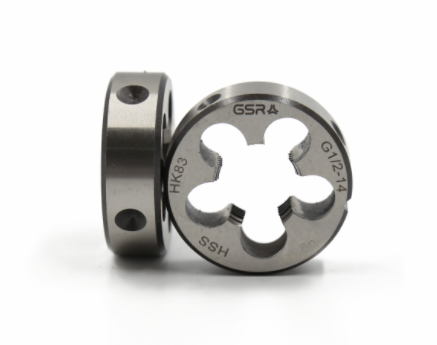
Grinding thread
It is mainly used for machining threads with high hardness after heat treatment. The hardness of the workpiece after quenching is high, and although it can still be cut, it will greatly reduce the durability of the tool used to cut the threads. In addition, threads will cause deformation of the thread profile after heat treatment, therefore, precision threads must be ground to ensure accuracy and surface finish.
The main methods of grinding threads are: grinding threads with a single thread wheel, grinding threads with a multi-thread wheel and centerless grinding threads.
Please contact GSR if you need to know more.






